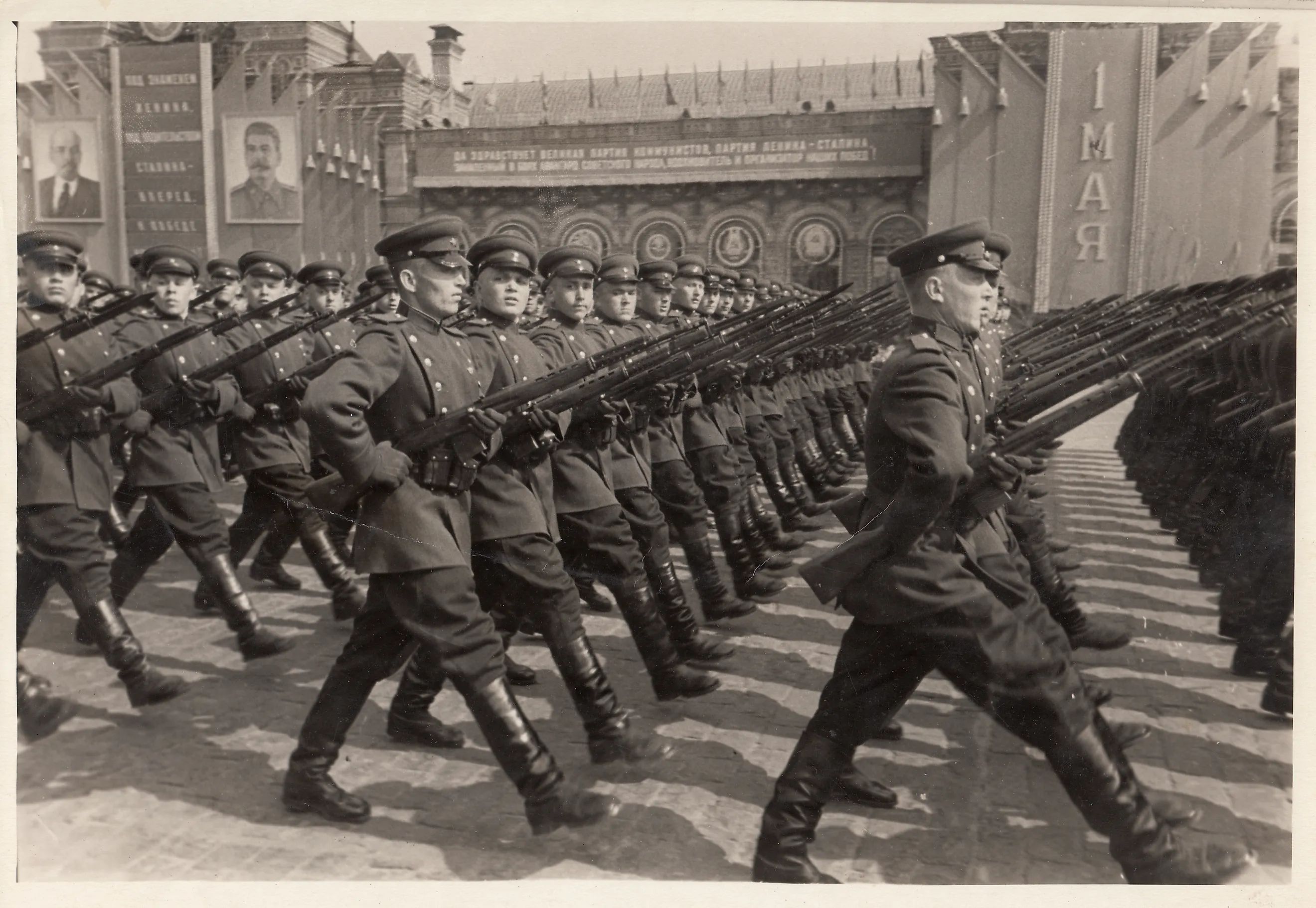
What Was The Molotov-Ribbentrop Pact?
The Second World War was perhaps the most important event in the history of the Soviet Union (USSR). Known as the Great Patriotic War, it remains a prominent part of Russian historical memory. However, the beginning of the conflict is crucial to consider when assessing the war's broader significance. Indeed, the USSR signed a non-aggression pact with Germany and invaded Poland, the Baltic states, and Finland. Thus, while the Soviet Union likely suffered the most out of any country at the hands of the Nazis, its role as an aggressor in the early stages of the war should not be forgotten.
Background

Following the First World War, significant restrictions were imposed on Germany's territory, military, and navy. However, with the election of Adolf Hitler in 1933, these restrictions began to be ignored. In March 1935, Hitler reintroduced conscription, growing Germany's army from the Treaty of Versailles-mandated maximum of 100,000 to 550,000. In March 1936, he re-militarised the Rhineland, again in violation of the Treaty of Versailles. Germany subsequently invaded Austria in March 1938, followed by the Sudetenland region of Czechoslovakia in the autumn of that year, and the rest of Czechoslovakia in March 1939.
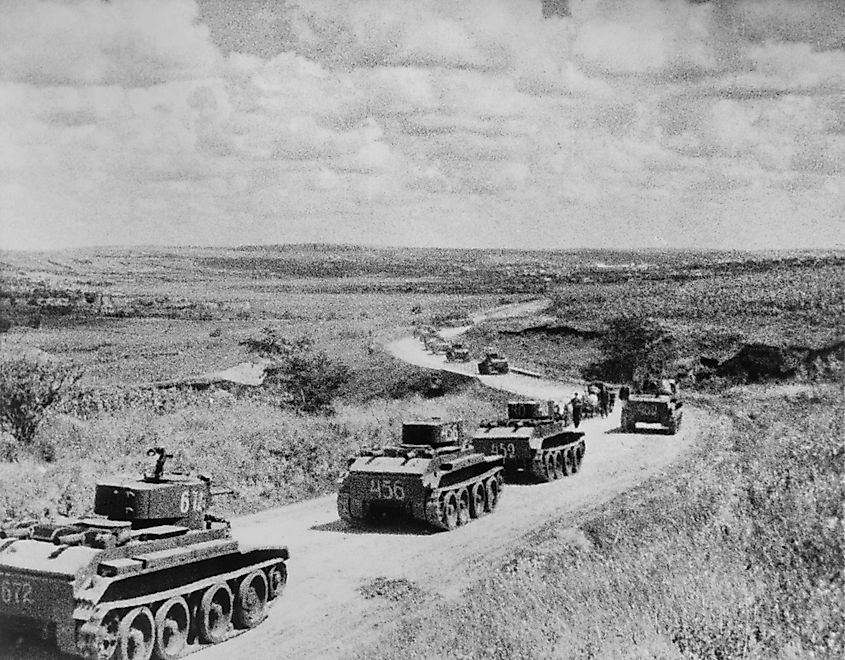
With war in Europe seemingly imminent, the Soviet Union was in a precarious position. Throughout the second half of the 1930s, Joseph Stalin had purged almost all aspects of Soviet society in an effort to eliminate challenges and opposition. Perhaps the institution most heavily affected was the military, with approximately 35,000 to 40,000 officers, three out of five field marshals, 13 of 15 party commanders, 90 percent of generals, and 80 percent of colonels being purged. With the military decimated, the Soviet Union was in no position to engage in a major conflict. Furthermore, Germany's escalating imperial actions incentivized an agreement that ensured the USSR would not be forced into a war.
The Molotov-Ribbentrop Pact and the Beginning of World War II

On August 23rd, 1939, the Soviet Union and Germany announced a non-aggression treaty. Named after Soviet Foreign Minister Vyacheslav Molotov and German Foreign Minister Joachim von Ribbentrop, the Molotov-Ribbentrop Pact was supposed to last for ten years. It also established zones of influence in Eastern Europe, with Germany getting the western half of Poland, and the USSR receiving Estonia, Latvia, Lithuania, Finland, Bessarabia (modern-day Ukraine and Moldova), and eastern Poland. It is difficult to overstate how shocking this development was to the rest of Europe. Nazi propaganda espoused the "inferiority" of the Slavic race, and it also asserted that Marxism was an ideology created by Jews. Thus, it seemed impossible that the Nazis would ever ally themselves with the USSR. However, as would soon be clear, this pact was nothing more than a short-term measure for Germany.
World War II Begins
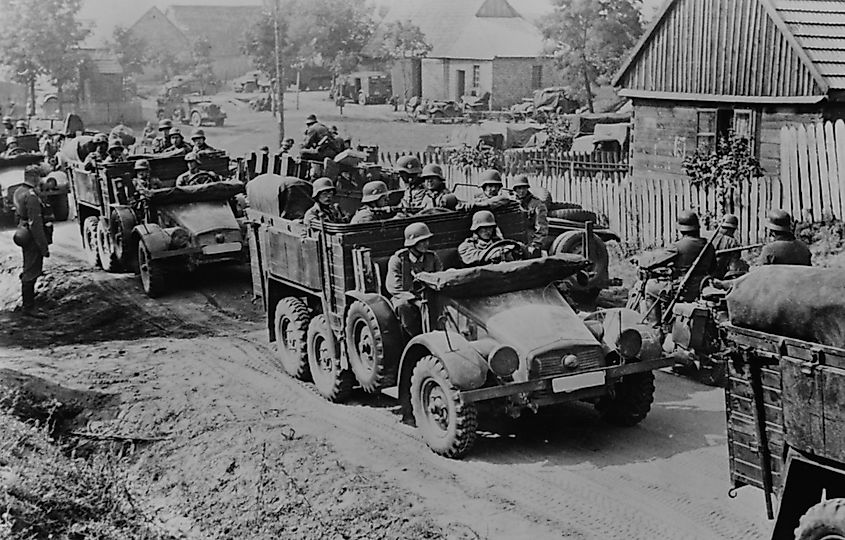
On September 1st, 1939, Germany invaded Poland. This was the final straw for the other European powers, with the United Kingdom and France promptly declaring war on Germany. At this point, Germany's rationale for signing the non-aggression agreement with the Soviet Union became clear, as it meant Germany could invade Poland without having to fight a war on two fronts. Indeed, on September 17th, 1939, the USSR also invaded Poland and occupied the eastern half of the country. This was followed by the Soviets invading Finland in November 1939. Despite their enormous size advantage over the Finnish Army, the Red Army faced significant challenges. The terrain was difficult to navigate, and the Finns' use of guerrilla tactics like their newly-created Molotov cocktail (which they named after the aforementioned Soviet Foreign Minister) meant that the Soviets' advances were limited. The war ultimately ended on March 12th, 1940, with the Finns giving up a mere nine percent of their territory.
The Beginning of the Invasion of the Soviet Union
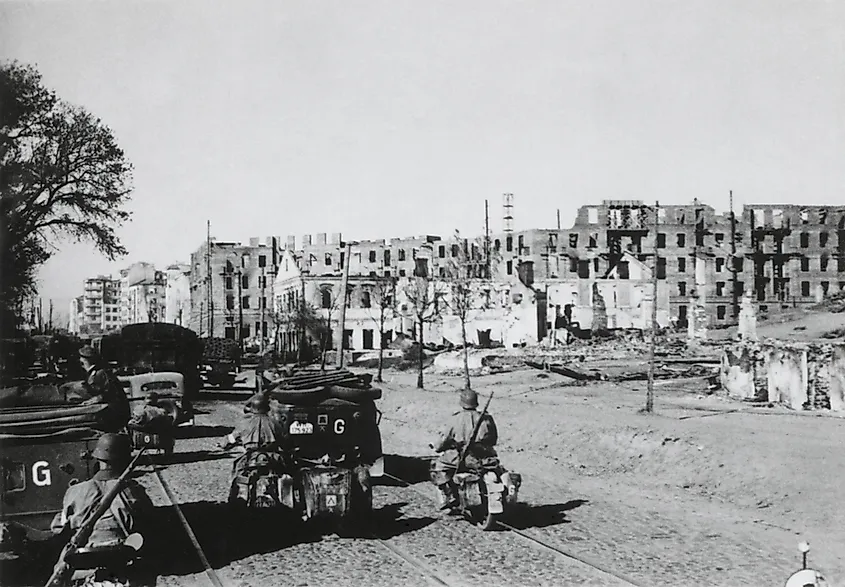
Following the "Phoney War" period in late 1939 and early 1940, the Nazis invaded and occupied Denmark, Norway, the Netherlands, Belgium, Luxembourg, and France in the spring of 1940. With these victories in the west, Hitler began to turn his attention to the USSR. The entire purpose of the war, for Hitler, was to procure Lebensraum (living space) for Germans in the east. While Stalin did not believe that the Molotov-Ribbentrop Pact would last for ten years, he thought it had at least bought the USSR sufficient time to re-arm. World War I was characterized by trench warfare that saw combatants locked in a years-long stalemate, and Stalin believed this would occur again. However, Germany's rapid victories at the beginning of the war meant that this did not happen. Regardless, Stalin made many overtures to ensure the pact held, including supplying Germany with a seemingly endless amount of raw materials. These measures were futile, and the Nazis began to send scouts to map out Soviet terrain, while both Soviet and British spy networks warned Stalin that an invasion was imminent. Finally, on June 22nd, 1941, Germany invaded the USSR in a military campaign known as Operation Barbarossa. For the rest of the year, the Nazis made significant gains, and the Soviets suffered enormous territorial losses and casualties.
The Importance
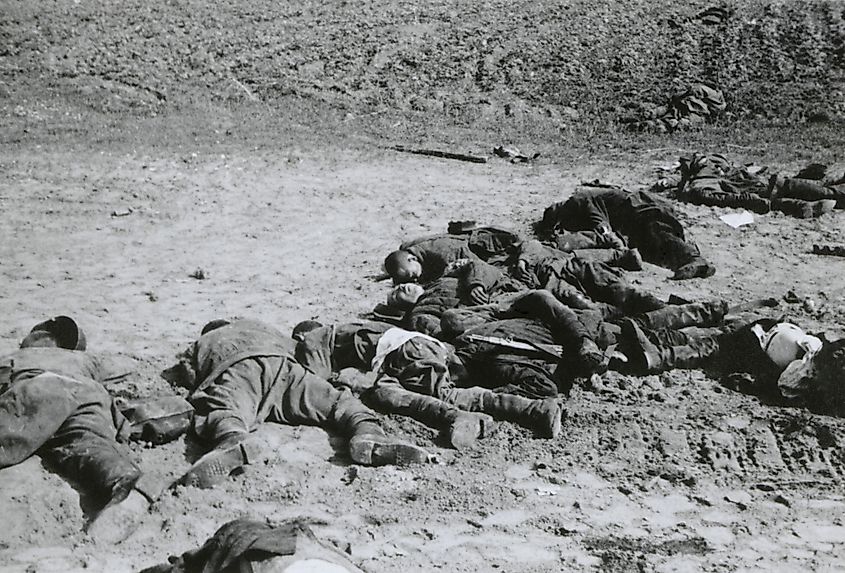
The beginning of World War II had complicated implications for the Soviet Union. The invasions of Poland and Finland (and later the Baltic states) were undoubtedly imperialist actions. At the same time, the Molotov-Ribbentrop Pact served the practical purpose of delaying a German attack. Once Germany invaded, however, the Soviet Union suffered more casualties than any other country in the war. Considering all these factors, one is forced to confront the notion that a group and/or country can be both an oppressor and a victim.











